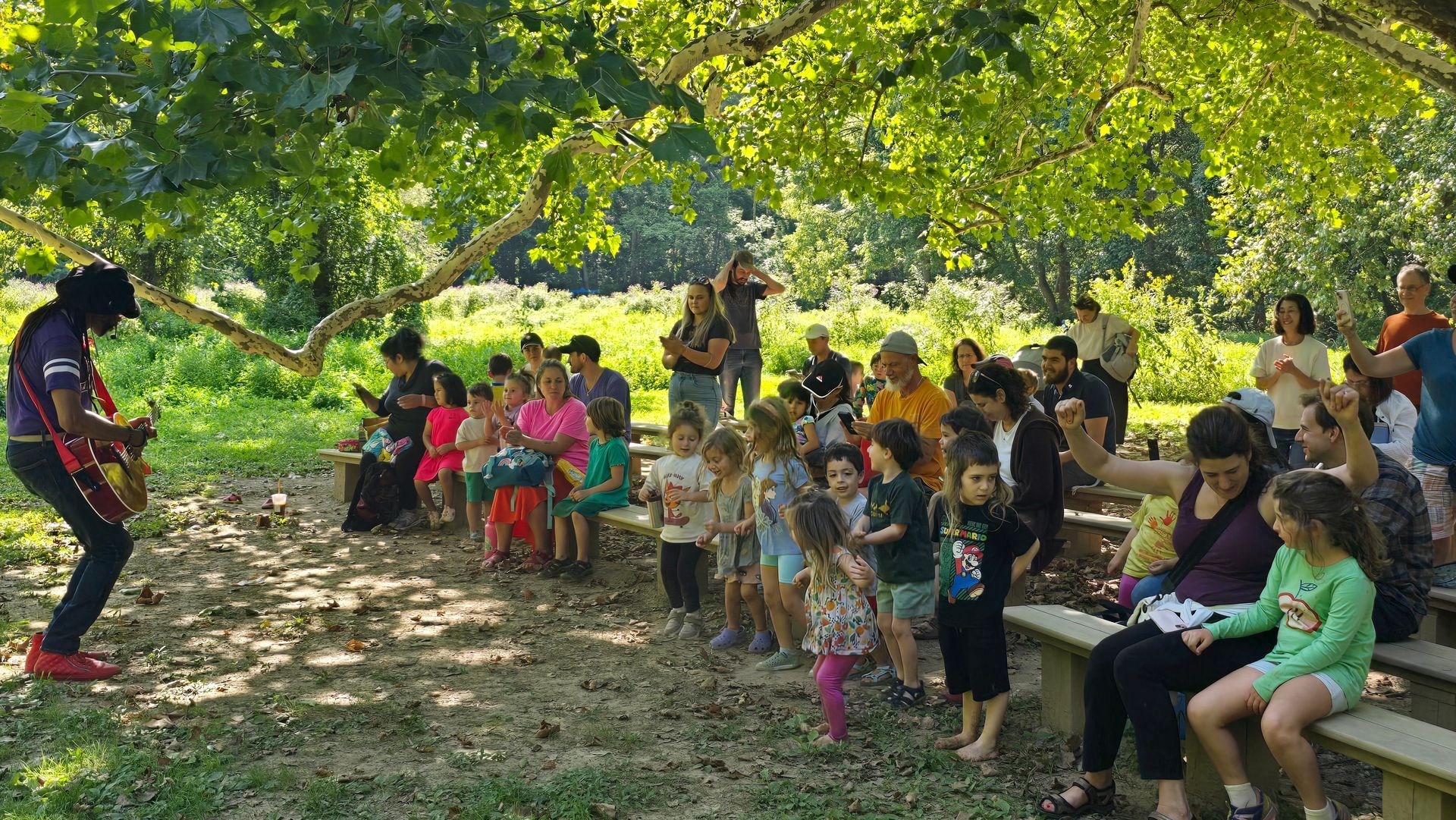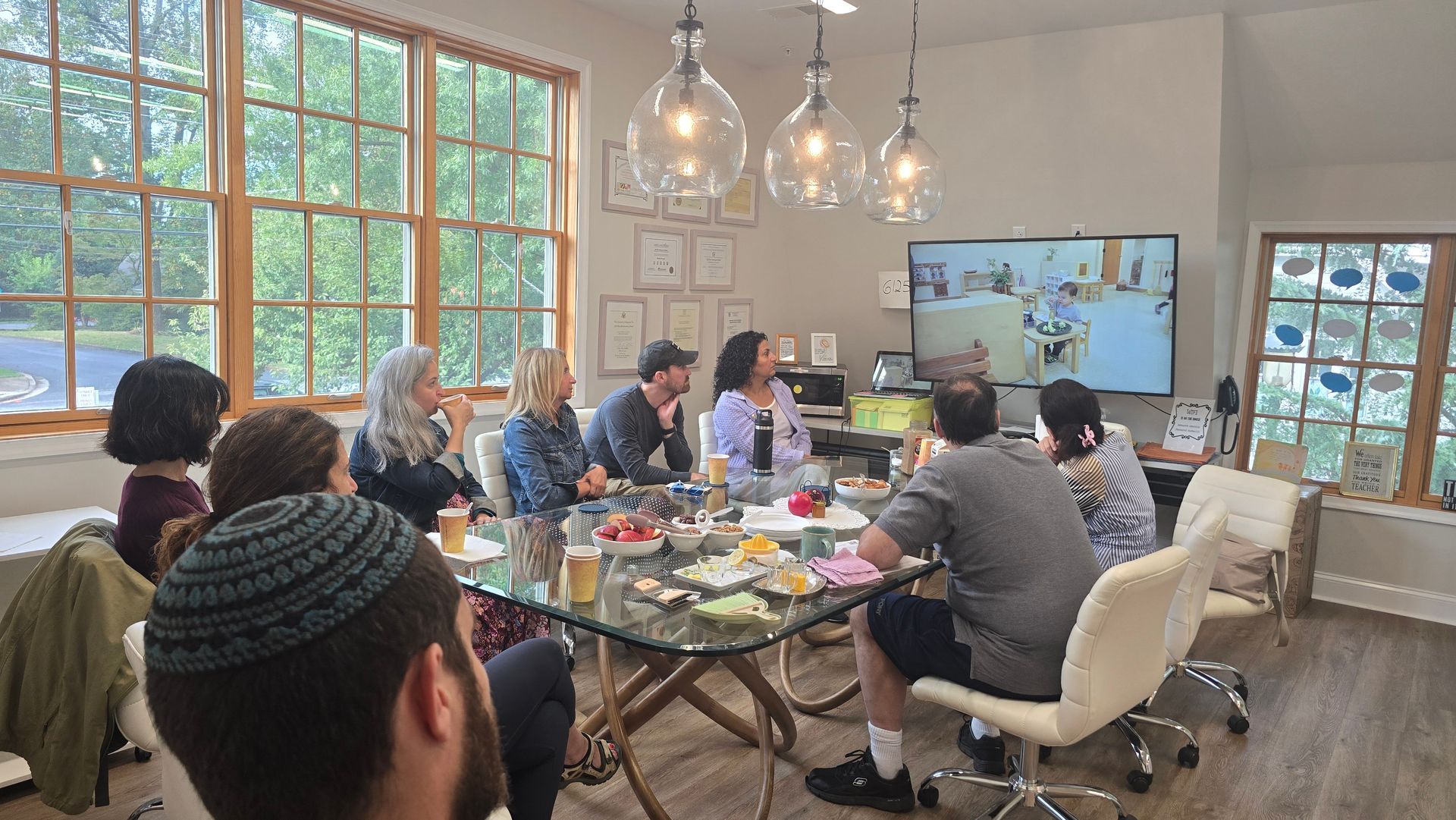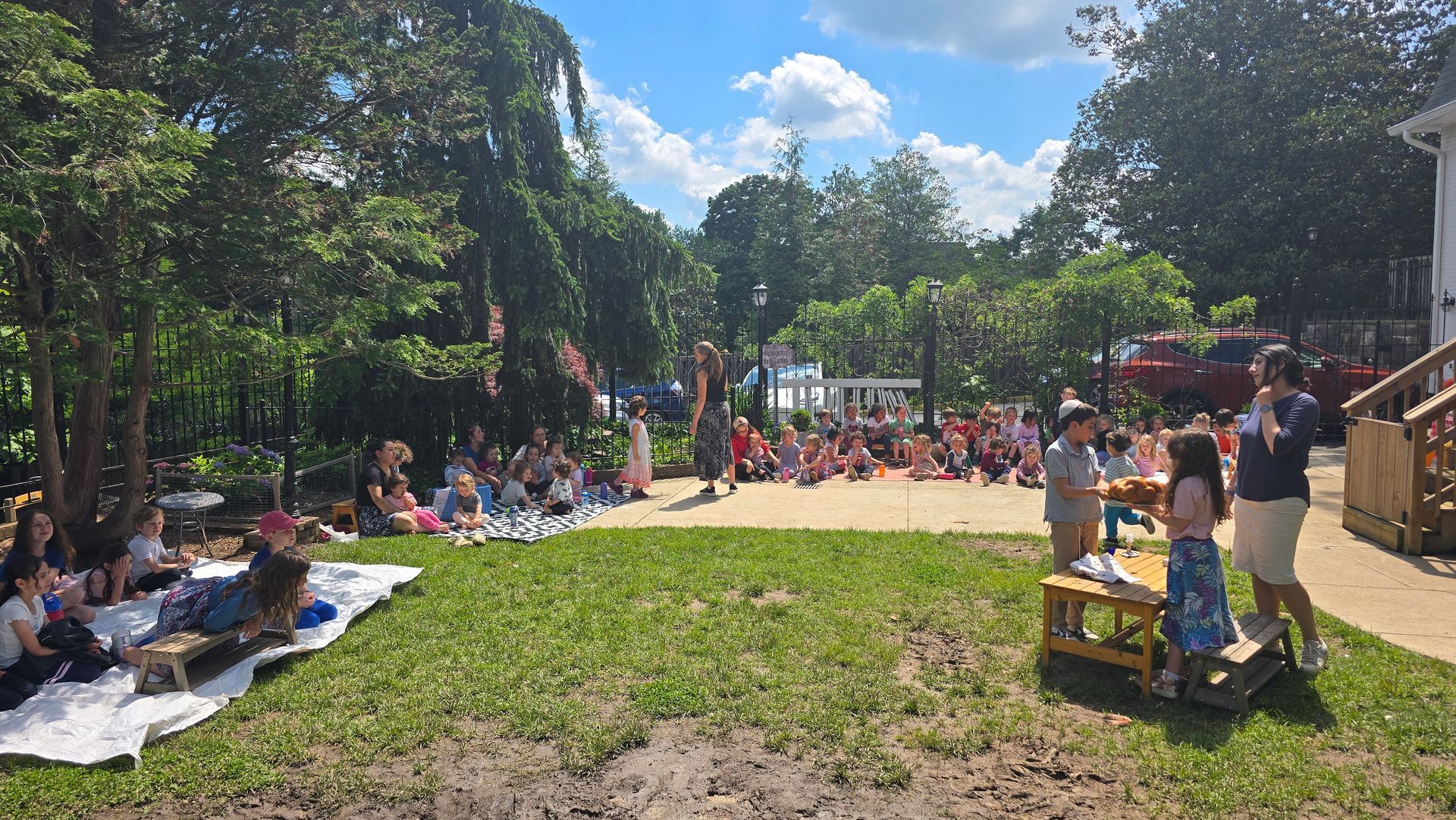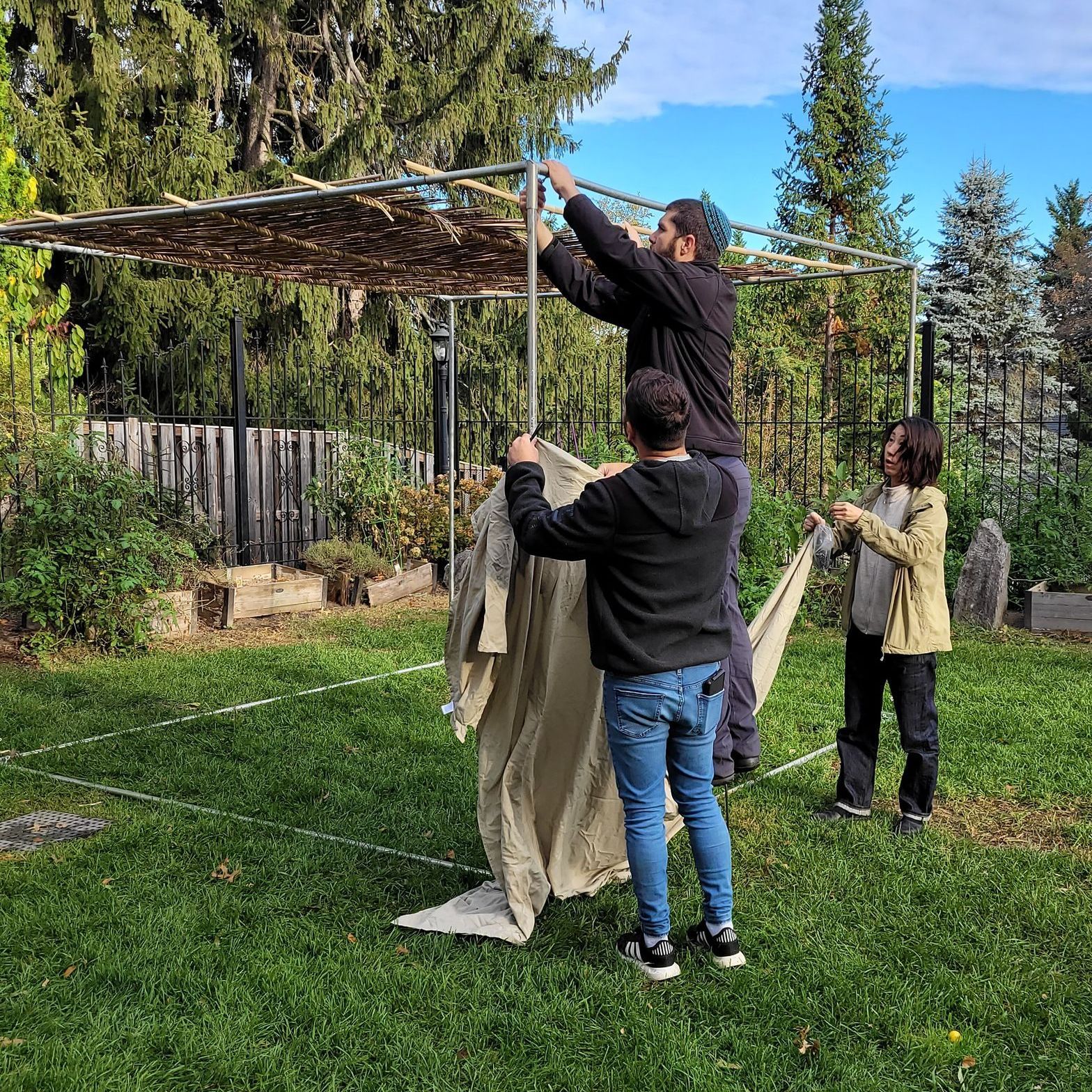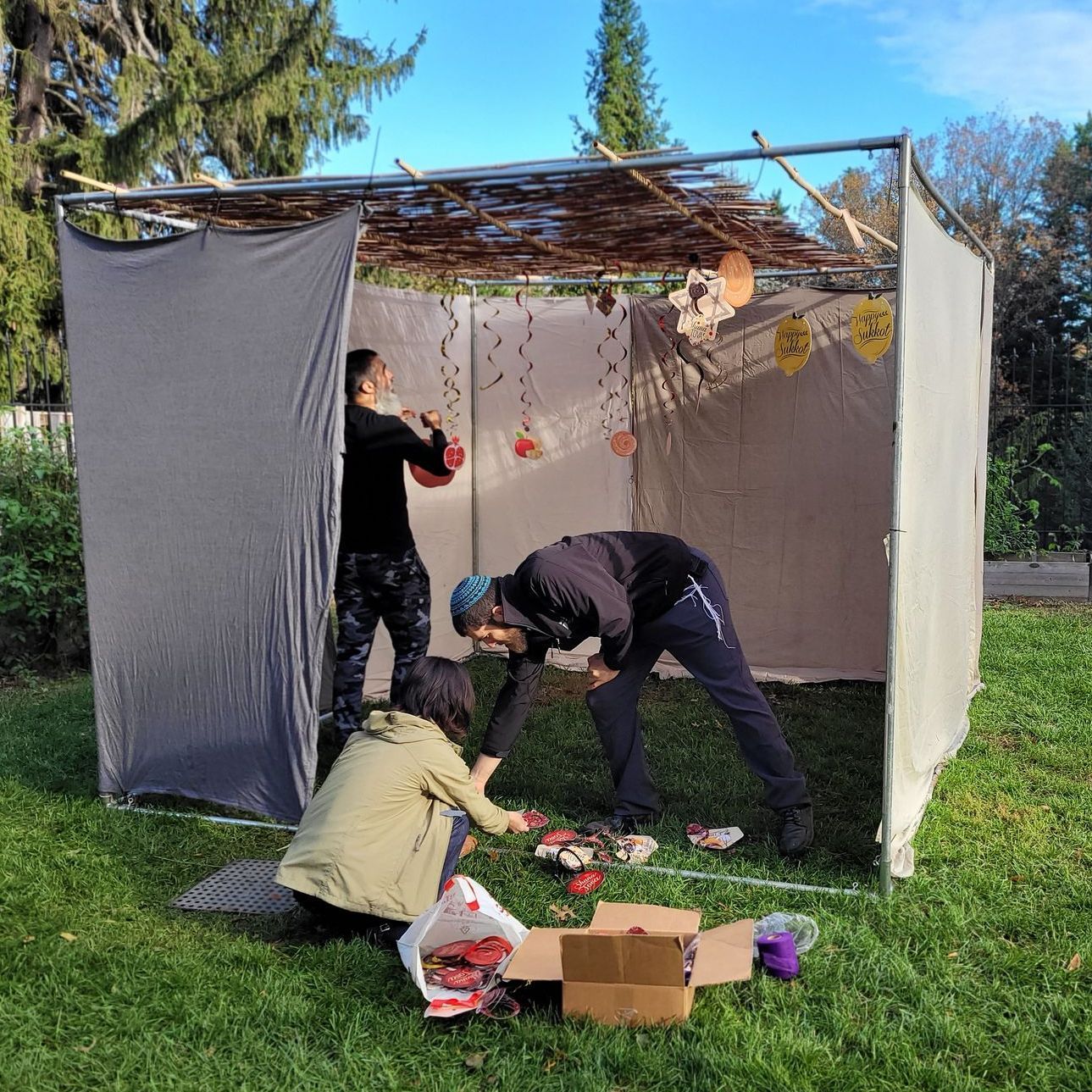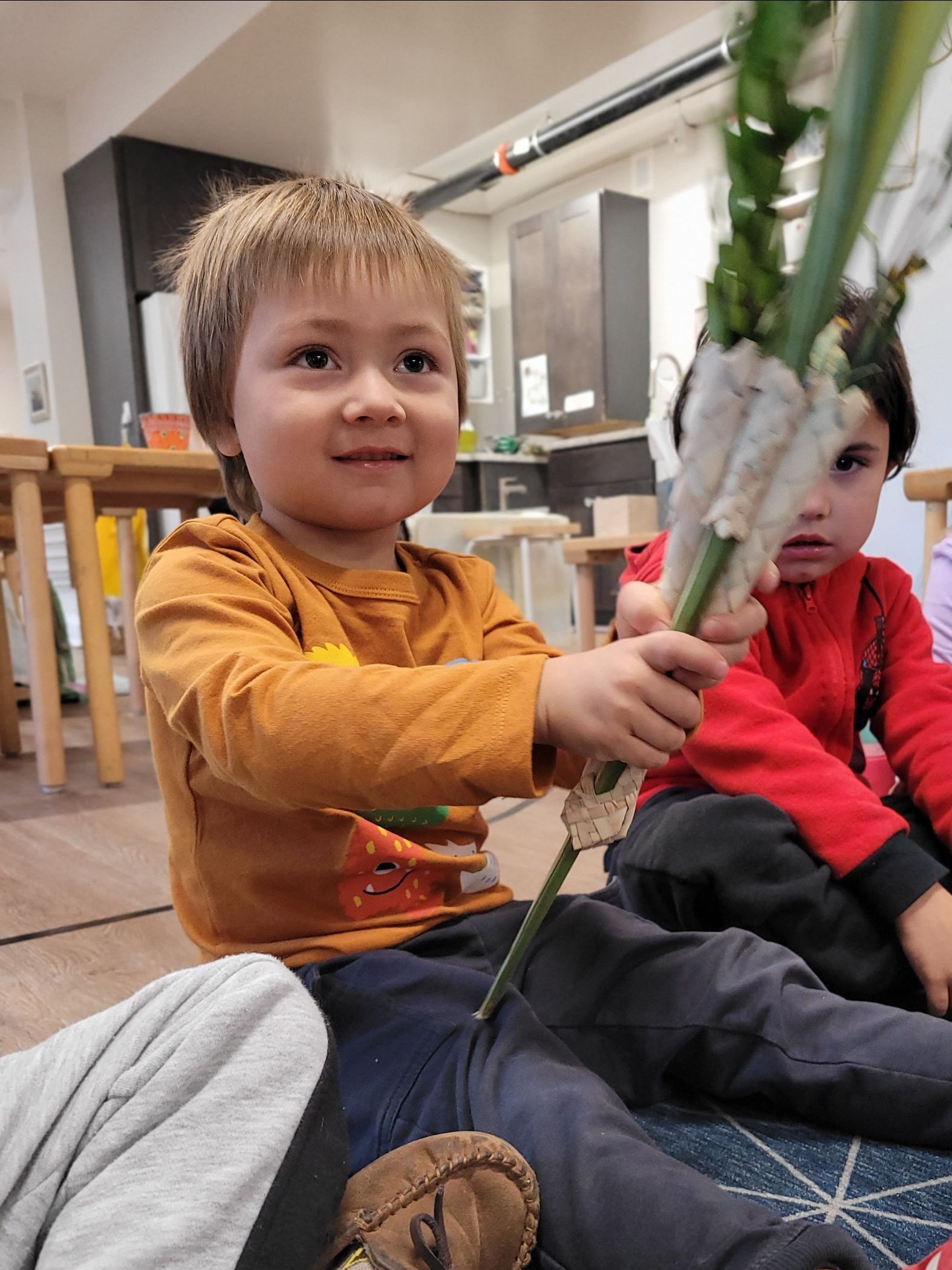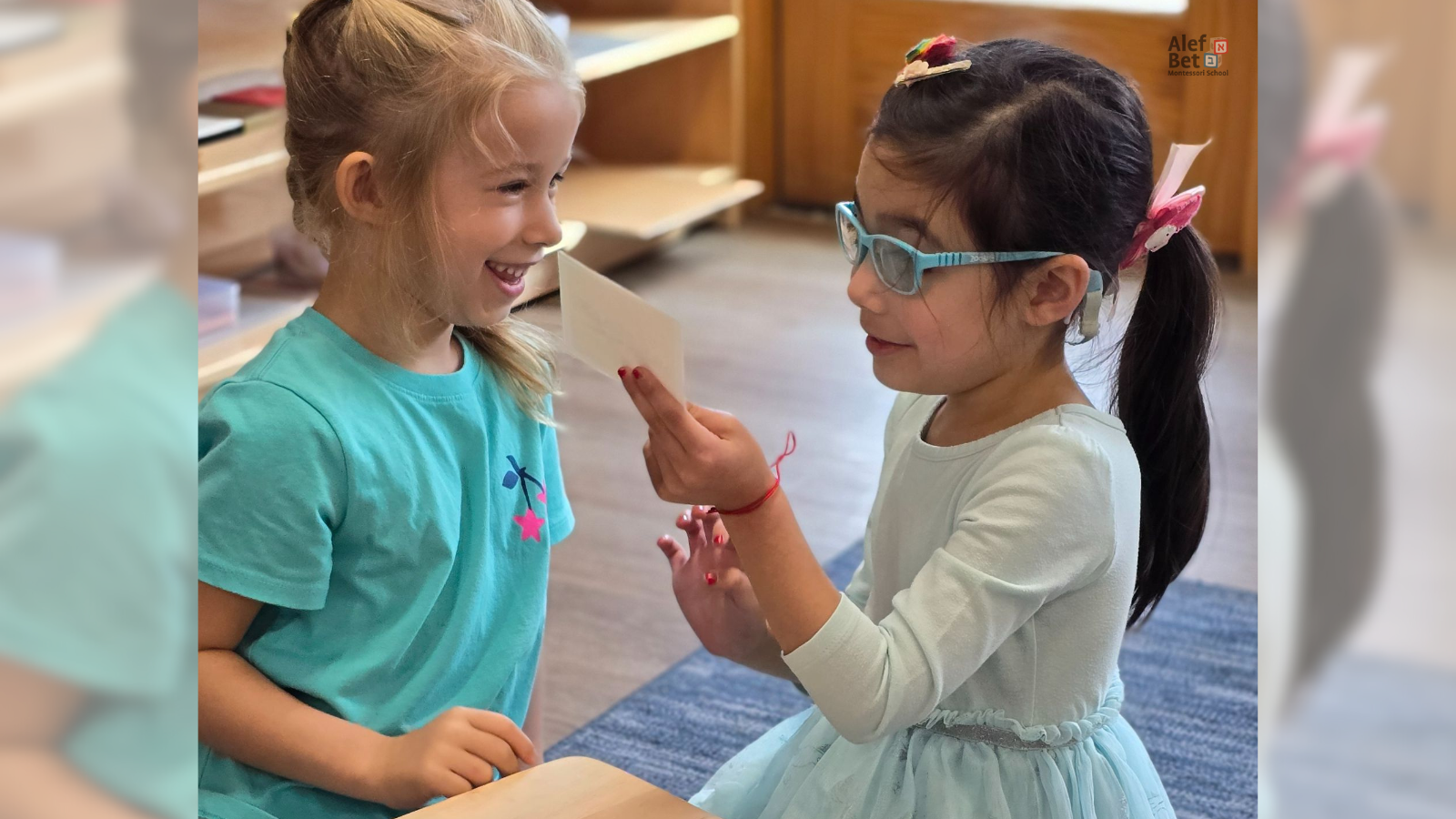Building, Exploring, and Celebrating: A Montessori Sukkot Experience
Bringing Sukkot to Life with Practical, Child-Led Learning
At our school, סֻכּוֹת-Sukkot (Festival of Booths) is more than just a holiday we celebrate—it's an opportunity for our students to engage with Jewish traditions in a hands-on, meaningful way. Montessori education emphasizes learning through experience, and Sukkot, with its rich symbolic practices, provides the perfect setting for this approach.
From the physical act of sitting in the סֻכָּה-sukkah to the tactile experience of shaking the לּוּלָב-lulav (palm branch) and אֶתְרוֹג-etrog (citron), our students are immersed in the sensory and practical elements of the holiday. By actively participating in these rituals, they gain a deeper understanding of the mitzvot (commandments) of Sukkot, building connections that go beyond textbook learning.
Building Our Sukkah: A Community Effort
Our school sukkah, constructed by parent volunteers, stands as a tangible representation of community and tradition. While the physical building was completed by adults, our toddler class took an active role in decorating the sukkah, bringing their own creativity and joy to the project. This child-centered contribution allowed even the youngest students to feel invested in the holiday, exercising independence and pride in their work—core values of Montessori education.
What Makes a Kosher Sukkah? A Lesson in Independent Learning
One of the highlights of the week has been our interactive lesson on what makes a sukkah kosher. In alignment with the Montessori method, this was not simply a lecture but a discovery process. Using the letters of the word "סוכה" (sukkah), students explored how the structure’s walls must align with Jewish law. By guiding their own understanding of why a sukkah can have 4, 3, or even 2.5 walls, students were encouraged to draw on both logic and tradition. This combination of cultural learning and problem-solving is a perfect example of how Sukkot can support a child-led learning environment.
Exploring the Lulav and Etrog: Hands-On Discovery
Our students had the unique opportunity to experience the lulav and etrog firsthand. In true Montessori style, each child was given time to explore the texture and shape of the lulav and etrog, learning not only the symbolic meanings behind these items but also practicing the movements to fulfill the mitzvah. This sensory engagement—touching, holding, and shaking—enabled them to connect with the holiday in a more profound and personal way.
Sukkot as a Montessori Experience
The experiential nature of Sukkot—whether decorating the sukkah, handling the lulav and etrog, or exploring the requirements of a kosher sukkah—gives students the opportunity to learn through action. Montessori education teaches that when children are engaged in purposeful, hands-on activities, they not only learn concepts but internalize them.
As Maria Montessori so beautifully expressed, “The hands are the instruments of man’s intelligence.” Through the hands-on experiences of Sukkot, our students are not only learning Jewish traditions—they are building connections to their heritage that will last a lifetime.
Wishing everyone a joyful and meaningful Sukkot.
Chag Sameach!

